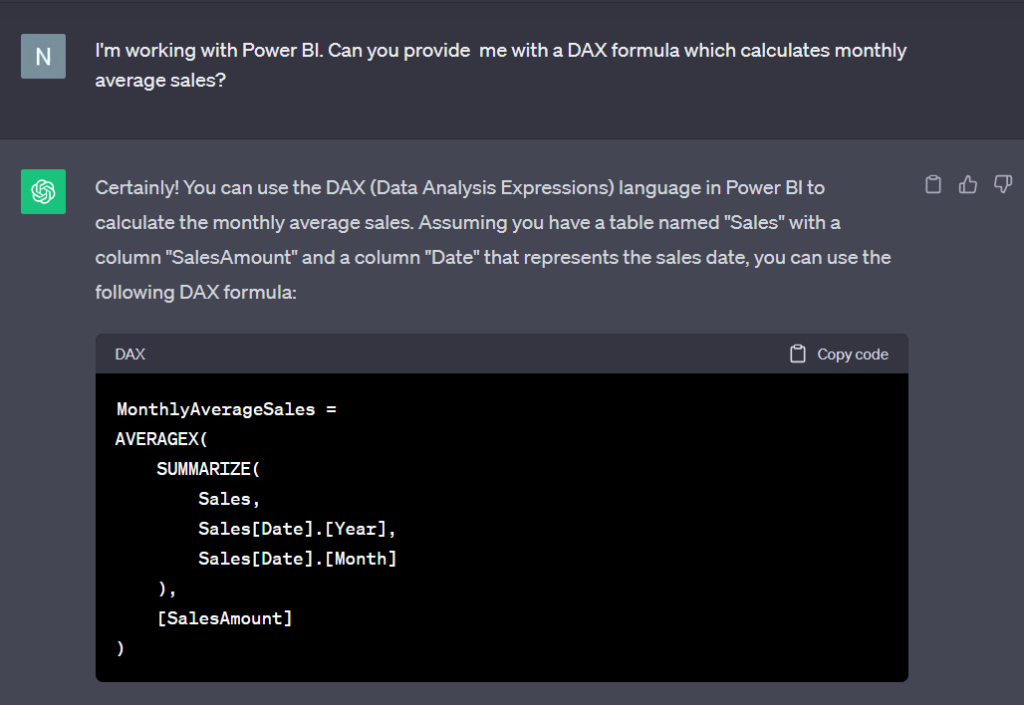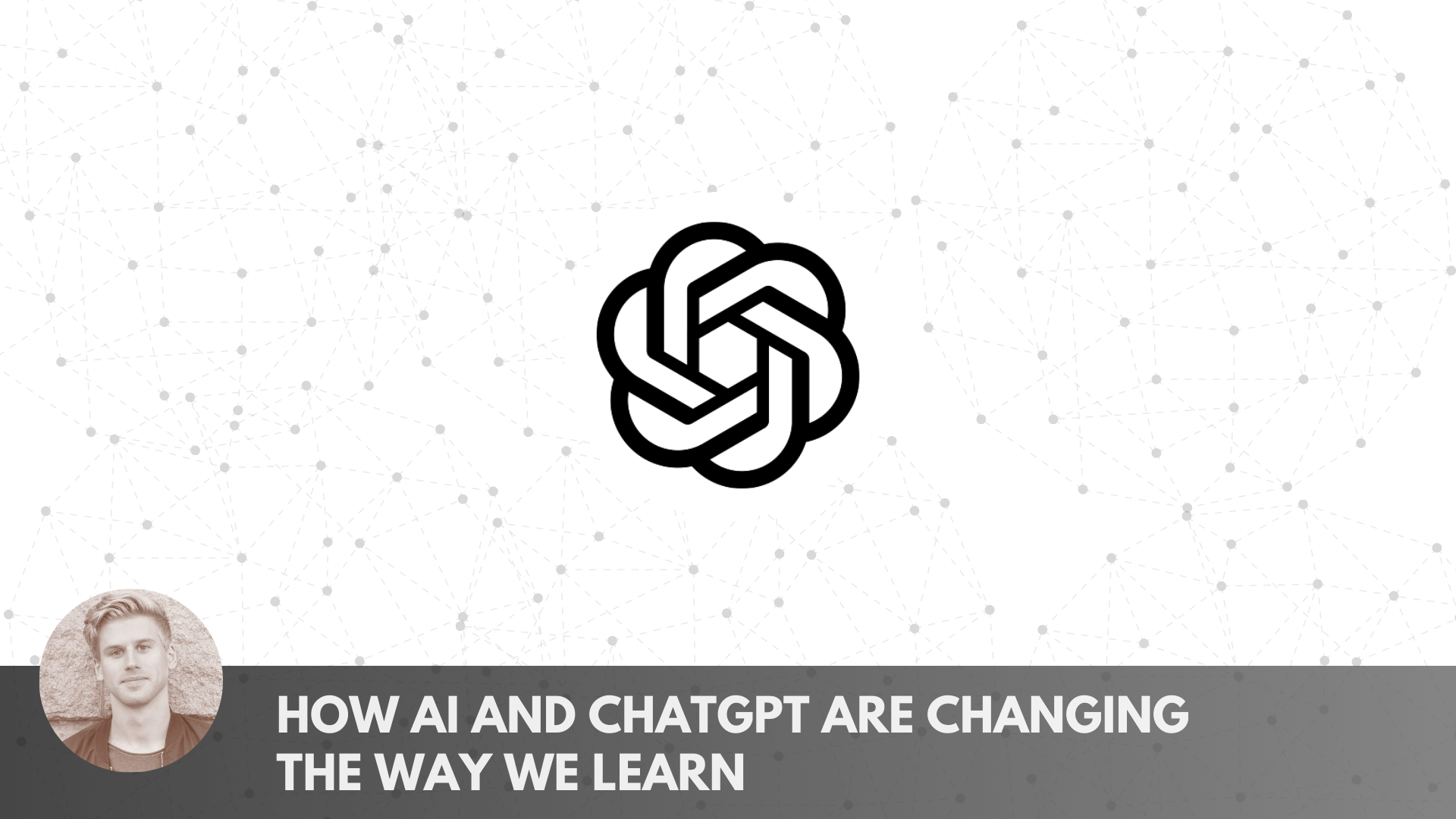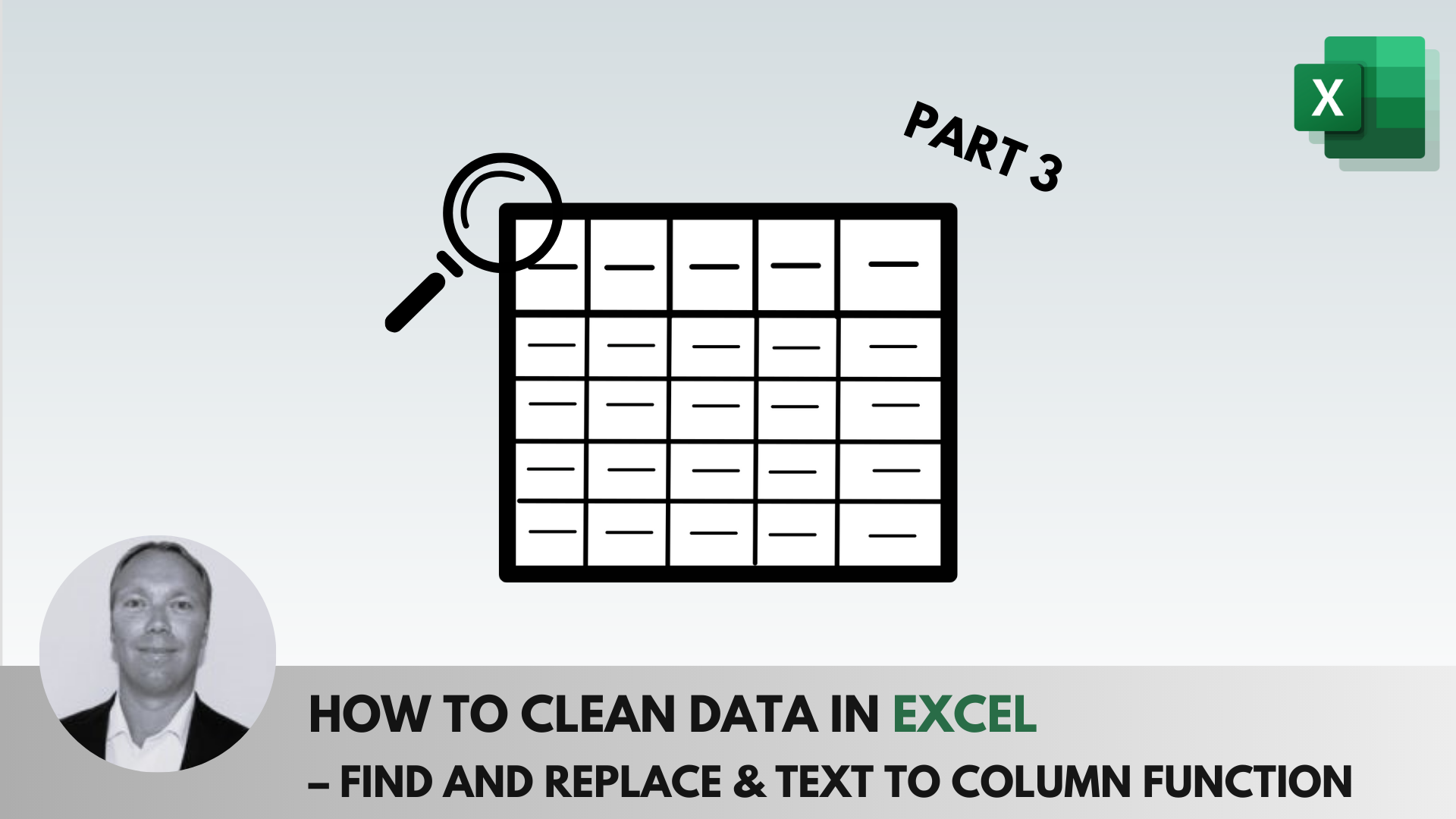AI & the Future of Data Analysis
Over the past few years, the field of artificial intelligence has witnessed remarkable advancements, transforming various industries and revolutionizing the way many work. One of the most significant breakthroughs is the development of ChatGPT, an advanced language model created by OpenAI.
With its ability to understand and generate human-like text, ChatGPT is poised to redefine how we think about data analysis, while also opening up new possibilities and insights. In this article, we will explore what ChatGPT is and delve into how it will reshape the future of data analysis.

Understanding ChatGPT
ChatGPT is a groundbreaking language model based on the GPT architecture (Generative Pre-trained Transformer). It has been trained on a vast amount of text data from various sources and has acquired an impressive ability to understand and generate coherent text that resembles human-generated language.
Whether it’s summarizing text, engaging in conversations, or generating code snippets, ChatGPT has demonstrated a remarkable capacity to comprehend and produce relevant text that aligns with the context—a challenge that has been significant in previous attempts.
How Will AI Development Impact Data Analysis?*
Natural Language Interface: Traditionally, data analysis has been associated with complex coding or specialized tools that require expertise to use. Language models provide a natural language interface, enabling users to interact with data in a more intuitive and accessible manner. Instead of writing complex functions or navigating intricate interfaces, users can simply ask questions or provide instructions in plain language, making data analysis more user-friendly and inclusive. In the near future, we can expect to see more AI-based tools integrated into data analysis software (e.g., Excel, Power BI, and Tableau).
*When this article is published, ChatGPT has already gained a built-in data analysis feature.
Data Cleansing and Preprocessing: Data quality plays a crucial role in analysis, and data cleansing and preprocessing are typically the most time-consuming tasks. AI can assist by automating these processes. By instructing the model on desired data transformations, analysts can leverage its natural language understanding to clean and prepare data more efficiently. This capability reduces the manual effort required and allows analysts to focus on more advanced tasks and analysis.
Exploratory Data Analysis: Exploring and understanding data is a critical phase in any analytical process. With ChatGPT, this phase becomes more dynamic and interactive. Users can engage in conversations with the model, ask questions about specific data points, search for patterns or correlations, and receive immediate answers. This conversation-based functionality empowers analysts to quickly gain insights and uncover hidden relationships within the data, streamlining the process of exploratory analysis.
Predictive Analysis: Predictive analysis involves using historical data to make informed forecasts about future outcomes. AI can assist in this process by learning from past data and generating forecasts or predictions based on user queries or inputs. Analysts can engage in conversation-like scenarios with the model to explore different predictive scenarios, refine models, and gain valuable insights into potential future outcomes.
Decision Support and Scenario Analysis: In complex decision-making processes, language models can be a valuable resource for providing decision support. Analysts can simulate various scenarios by engaging in dialogue with the model, exploring different variables and their potential impacts on outcomes. By leveraging ChatGPT’s conversational nature, analysts can quickly explore various possibilities, assess risks, and make more informed decisions based on a deeper understanding of the underlying data.
Conclusion: The introduction of ChatGPT marks a significant milestone in the field of data analysis. With its natural language interface and conversational capabilities, ChatGPT empowers analysts to interact with data in a more accessible and intuitive way. From exploratory analysis to predictive analysis and decision support, the adoption of AI streamlines various phases of the data analysis process.
As this technology continues to evolve, we can anticipate a future where data analysis becomes more inclusive, efficient, and insightful, opening up new opportunities for innovation across countless industries. However, it’s important to remember that AI does not replace human expertise and knowledge in data analysis.
-“Fire is a good servant, but a bad master.”























Apply now for all types of loans and get money urgently!
Do you need 100% financing?
I can fix your financial needs with a 3% interest rate. Whatever your circumstances, self-employed, retired, bad credit, we can help. flexible repayment, contact us:
asdaservices24@gmail.com
Telegram/Whatsapp: +447771236228
Apply now for all types of loans and get money urgently!
* Starting a franchise* Business acquisition* Business expansion* Capital / infrastructure project* Commercial real estate purchase* Contract execution * Trade finance etc.
Regards